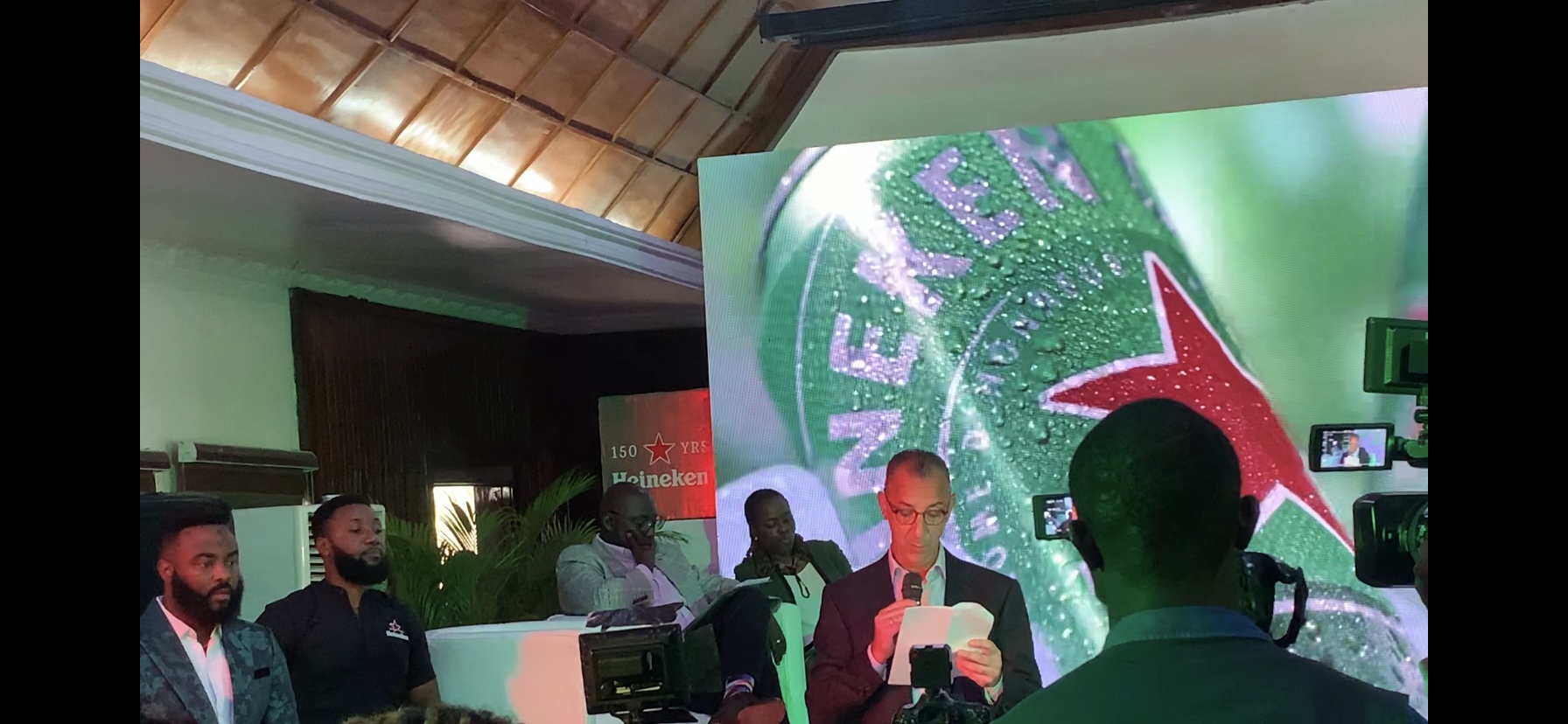By Abimbola Mohammed
Over time, it has become common for journalists to follow a predictable pattern when writing press releases. As public relations (PR) specialists organize press conferences, events, invite media representatives, and issue press releases, a concerning trend has emerged: many press conferences yield identical reports across different media platforms, stifling diverse perspectives and insightful storytelling.
According to professionals, when PR specialists share information with the press, they expect journalists to craft unique narratives from various angles. However, many reporters simply publish the content verbatim, resulting in monotonous coverage that fails to explore different facets of the event.
They attribute this phenomenon to two factors: the way PR firms want the communication presented and the complacency of some journalists. Some reporters rely heavily on PR-provided content instead of presenting fresh angles, while others make minimal tweaks, attempting to differentiate their reports.
In their view, press statements should serve as guidelines, not gospel. Journalists should use them as a starting point for in-depth exploration, not as a substitute for rigorous reporting. By doing so, they can uncover new insights, challenge prevailing narratives, and enrich public discourse.
In response to this debate, professionals from both the public relations and journalism fields shared their personal experiences on LinkedIn. Mr. Lekan Otufodunrin, Founder of Career Matters Development Network, posed a question: “How do you feel when you see your press statement used across platforms with the same headlines and paragraphs as you sent it?”
Amina Omoike, Group Head of Media Services at Mediacraft Associates, who practiced journalism before transitioning to PR, shared her perspective. “When I was a journalist, I would never publish a press release exactly as it was sent to me. My editor would have literally ‘killed’ me. Now, even though I send out press releases, I still don’t want them published verbatim. A few tweaks, some added research, and extra information make the story more interesting to read.”
Ayodeji Bobade, Integrated Marketing Communication Specialist at University College Hospital Ibadan, expressed his belief that journalists are reluctant to explore other angles and rely too much on press releases. “Journalists have become too lazy. Trained journalists are now few. They just grab whatever press release is sent and use it as is, with some not even bothering to subject it to basic journalistic treatment from the lead through the whole story. Some even include titles and honorifics in headlines—faux pas that make one think journalism is on a downward spiral.”
Toyin Willoughby Muyi, Founder of Toyin Willoughby Associates, added, “Even at press conferences, you’ll find lazy reporters waiting for one person to write, then replicating that in all the other papers. A PR practitioner with a journalistic background would want a fresh presentation of the facts provided in the press release.”
Wasilat Ahmad, Head of Corporate Affairs at Tajudeen Olesin and Associates, advised, “Only issue press releases when you want to amplify a specific idea in the media. If you want diverse reports, invite journalists to a press conference. If you issue press releases often, expect your statements to be copied verbatim.”
However, not all professionals see this trend as problematic. Olusimbo Olorunfemi, Team Lead at Hoofbeatdotcom, stated, “It shouldn’t be a problem for PR professionals, as the objective is to have the message published exactly as crafted. The fear is that the release might be misrepresented during editing. So, seeing it published as sent is good news.”
Deba Uwadiae, Publisher of News Americans Magazine, echoed this sentiment: “Well-written press statements are rarely rewritten. They sail through with ease because there are so many competing press statements. The well-written ones get through just as they are. Interestingly, I’ve worked on both sides.”
Ultimately, both PR professionals and journalists must collaborate to create a more vibrant and diverse media landscape.







Comment
No comments found.